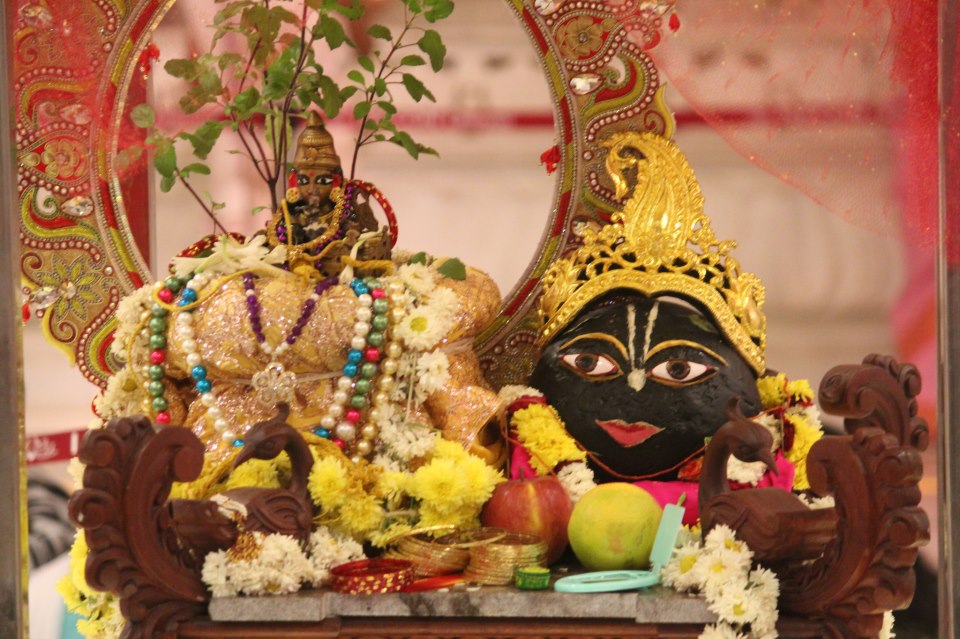Prabhupada, Srila Bhaktisiddhanta (2013-05-18). Patramrta: Nectar from the Letters (Kindle Locations 1212-1217). Touchstone Media. Kindle Edition.
"Simply by reading about glorification of the Supreme Lord and the devotees, all our needs will be fulfilled. Do not be impatient for the result, but rather always chant the holy names of Krishna with patience and tolerance. The Supreme Lord will certainly not sit quietly. According to the degree of one’s sādhana, Śrī Gauraharī certainly awards one auspicious results . Service to Hari is called bhakti. You will realize that chanting of the names of Krishna is in itself bhakti. You may touch your chanting beads to the lotus feet of Śrī Gaurasundara within your mind and chant the holy names of Krishna on those beads."
![C/o @[823570625:2048:Lea Kusanic] and Brihad-mridanga <br /](https://fbcdn-sphotos-f-a.akamaihd.net/hphotos-ak-prn2/p320x320/1470051_10202760263512735_1733931901_n.jpg)
